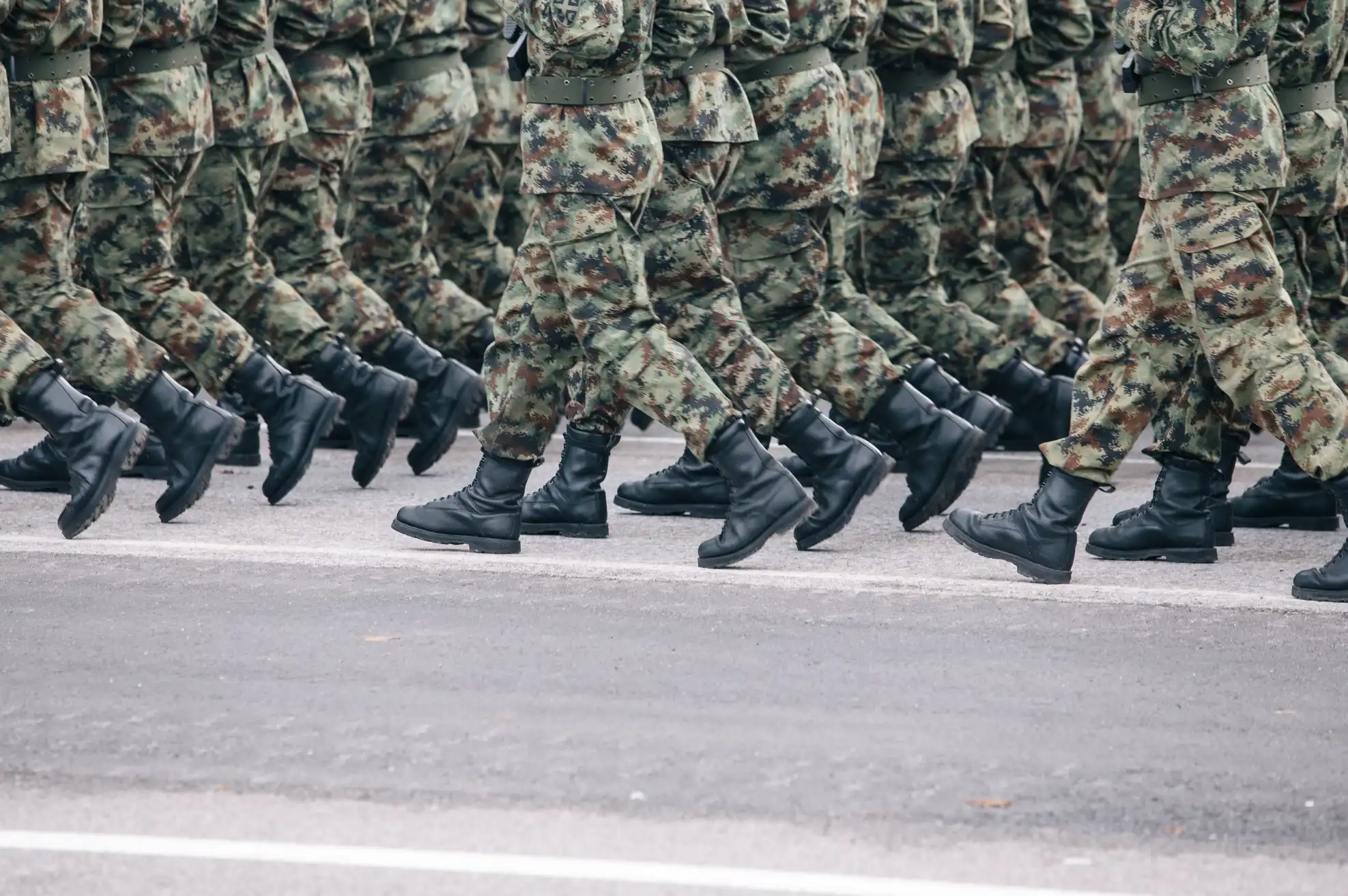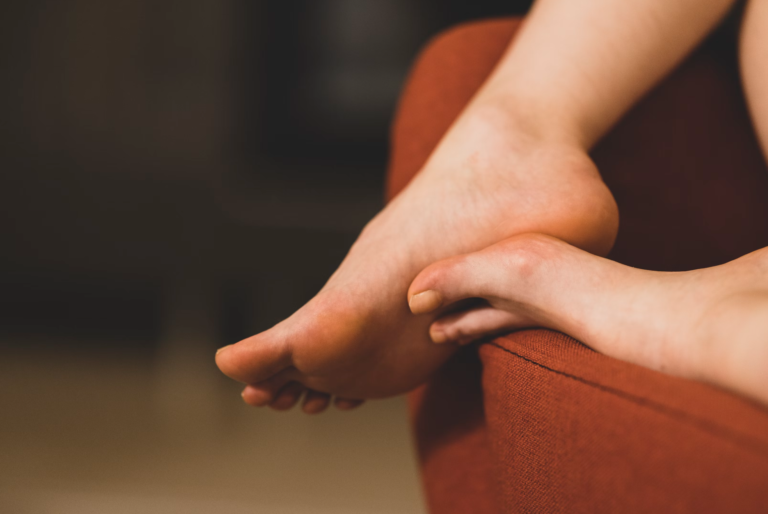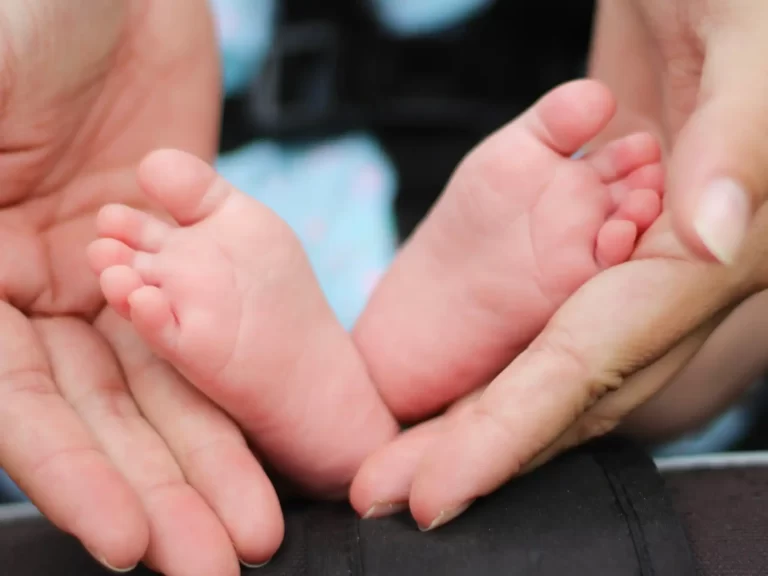Can You Join the Military With Flat Feet? Answered
Ever wondered if folks with flat feet can make it in the military? It’s a valid question. Flat feet, or pes planus, might limit your physical abilities and fitness. This guide looks into whether the military accepts candidates with flat feet. We’ll cover what you need to know about joining, the rules, and what help might be out there for those with this common foot issue.
After reading, you’ll know your options and what to do about flat feet in your military journey. Let’s get started and find out what this means for you.
Key Takeaways
- The military has specific physical exam standards that assess the health and functionality of the feet and arches.
- Individuals with flat feet may be able to join the military, but it depends on the severity of the condition and their ability to meet the physical requirements.
- Seeking medical waivers and obtaining podiatric evaluations can help individuals with flat feet enlist in the military.
- The military offers accommodations, such as orthotic shoe inserts and physical therapy, to support members with flat feet.
- Preparation, including gathering medical documentation and performing foot-strengthening exercises, can increase the chances of successfully joining the military with flat feet.
Understanding Flat Feet and Military Enlistment
To grasp why flat feet matter in the military, let’s explain what flat feet are and their significance. Flat feet is when the feet’s arches don’t form properly. So, the whole foot touches the ground. This can cause pain, tiredness, and less stability when doing physical activities.
What Are Flat Feet?
Flat feet happen when the arches of the feet don’t develop or fall, leading to the entire foot sole touching the ground. This can occur at birth, or later, due to things like injury, age, or being overweight. People with flat feet may feel uncomfortable, have less stability, and are more prone to injuries during exercise.
Why Flat Feet Matter for Military Service
In the military, good physical shape is crucial. Flat feet can cause more tiredness and pain. It can also lower performance in military training and tasks. Flat feet might also increase chances of getting other foot issues like plantar fasciitis. These problems can affect how well a person can perform their duties.
The military checks recruits’ feet and arches very carefully during the health assessment. They might not allow someone with certain types of flat feet to join. But, they also consider if they can make exceptions or provide special support. This is to protect the health and effectiveness of the soldiers and their teams.
Military Enlistment Requirements for Foot Conditions
To join the military, everyone must pass a detailed medical check-up. This includes a close look at their feet and arches. The military has strict rules about what kind of feet and arches are healthy enough to serve.
Physical Exam Standards
Military doctors check the feet’s form, strength, and how well they move, especially the arches. They look for any issues like deformities or problems with moving that might affect work in the military.
Foot Arch Measurements
One key part of the check-up is measuring the height and flexibility of the foot arches. The military has very clear rules for what’s considered a healthy arch. This helps them spot problems like flat feet or very high arches early on.
Disqualifying Foot Deformities
Serious foot problems can stop someone from enlisting, especially if they make it hard to walk or stand. These might include severe flat feet, very rigid arches, and other issues like bunions or hammertoes. These problems would make it risky for someone to carry out military duties.
Can You Join the Military With Flat Feet?
Yes, you can join the military with flat feet. However, if you have this condition, the outcome depends on its seriousness. It also depends on your ability to fulfill the military’s physical and medical requirements. Flat feet, also called can you join the military with flat feet, are quite common. Yet, the military sees them as a possible risk for injuries. They might disqualify those with severe flat feet types or degrees, known as flat feet disqualification.
When someone wants to join the military, their flat feet condition will be closely examined. This is because flat feet might limit your physical abilities or affect your health. Those with mild or flexible flat feet could get a medical waivers for flat feet. They could join the military if they prove they are fit physically and meet all other medical rules.
But, if your flat feet are very severe or rigid, you might find it tougher to meet the military’s demands. The military could worry that your condition might lead to injuries or a drop in performance during tough training and tasks. In such situations, joining the military might not be possible. In that case, you may have to look for other ways to serve or try to get better through medical treatments.
It’s key to highlight that judging flat feet in relation to military service varies from person to person. Each decision happens one at a time. officials weigh many factors like your medical past, the seriousness of your condition, and the likelihood of using accommodations or waivers.
Seeking Medical Waivers for Flat Feet
If doctors say you have flat feet that might stop you from joining the military, there’s still hope. You can ask for a special check to measure how much your flat feet really affect you. This check by a foot doctor (podiatrist) looks at your feet closely.
Podiatric Evaluations for Recruits
A military podiatrist will check your flat feet in detail during an evaluation. They look at how flat your feet are, if they hurt or feel weak, and if it might make military work harder for you. This check is key in deciding if you get the OK to join.
Factors Considered for Waivers
When thinking about a medical waiver for flat feet, the army looks at many things. They check how serious it is, if it causes you trouble, and if you’re fit enough for the job. They’ll also see if things like special shoe inserts or therapy have helped.
But each decision is unique, based on your condition and how you’d do in service. Showing clear info and working with the military’s health experts can help you join the forces. It’s about making sure you can do your job well and safely despite your flat feet.
Accommodations for Military Members With Flat Feet
The military knows having flat feet can make some tasks harder. If you join with flat feet, they offer help to make things easier for you. They give special support to help you do well and stay healthy in your duties.
Orthotic Shoe Inserts
The military provides custom orthotic shoe inserts to those with flat feet. These inserts give extra support and cushioning. They lessen the pain and unsteadiness that flat feet can cause. Podiatric specialists tailor these solutions to each person’s foot.For a complete guide, visit our best insoles for flat feet page.”
Physical Therapy and Exercises
Military members can also take part in physical therapy and exercises. These activities are focused on making the muscles and tendons in the feet stronger. By doing this, it helps to make feet more stable. This reduces the chance of getting hurt and boosts how well you move physically. Taking part in these programs regularly is very important for those with flat feet in the military.
Flat Feet Surgery and Military Eligibility
Severe or rigid flat feet might need surgery to fix their structure. Certain flatfoot surgeries can enhance a recruit’s ability to meet the military’s physical needs.
Types of Flatfoot Surgery
Surgical fixes for flat feet mainly involve fixing tendons, fusing joints, and making bone cuts. These methods help restore the arch and lessen pain. The choice of surgery depends on flat feet severity and the person’s needs.
Recovery and Rehabilitation
Getting better after this surgery takes a long time, usually from a few months to over a year. People do physical therapy, exercises, and might wear orthotic shoes. The military checks on those healing to confirm they fit the health and physical criteria for enlistment.
| Common Flatfoot Surgeries | Recovery Timeline | Rehabilitation Strategies |
|---|---|---|
| Tendon Repair | 6-12 weeks | Physical therapy, orthotic devices |
| Joint Fusion | 3-6 months | Physical therapy, strengthening exercises |
| Osteotomy | 6-12 months | Physical therapy, gradual weight-bearing |
Knowing about flatfoot surgery helps recruits get ready for military service. It shows the steps they can take to match the military’s health and fitness needs.
Success Stories: Serving With Flat Feet
Having flat feet can make military life tough, but many military members with flat feet have shown it’s possible to serve well. By using the right accommodations for military members with flat feet and staying determined, they not only succeed but excel.
Sergeant Emily Ramirez is a great example. She joined the U.S. Army even with flat feet. With physical therapy and orthotic shoe inserts, she strengthened her feet and met all physical tests. Now she leads, showing other military members with flat feet their dreams are reachable.
Then there’s Captain Liam Nguyen, from the U.S. Marine Corps. He faced flat feet but got help from military doctors. With a waiver and their support, he joined and went through tough missions. These stories show how flat feet aren’t a barrier to military success.
Their achievements prove a strong spirit and support from the military can break down any obstacle. With right mindset, determination, and the military’s help, anyone with flat feet can shine. Stories like Emily’s and Liam’s inspire those thinking of a military path, showing success stories of serving with flat feet matter.
Preparing for the Military Physical Exam
If you’re thinking about the military and you have flat feet, getting ready is key. A big first step is to collect all documents about your feet. This includes past diagnoses, treatments, and what doctors have said.
Documentation and Medical Records
Putting together a detailed medical history can really help. Toss in any X-rays, MRIs, or other tests you’ve had. Also, jot down what your foot doctor has noted. This info makes it easier for the military docs to see where you’re at.
Foot Strengthening Exercises
Working on your feet is also smart. It can do a lot for the muscles and tendons in your feet. This means your arches might get stronger, which is good for flat feet.
Try things like raising onto your tiptoes, flexing a towel with your toes, and moving small items with your feet. Doing these often shows you’re serious about getting better. It might even help impress the military’s doctors.
These moves can really help you face the flat feet challenge. They also boost your chances of being able to serve your nation well.








